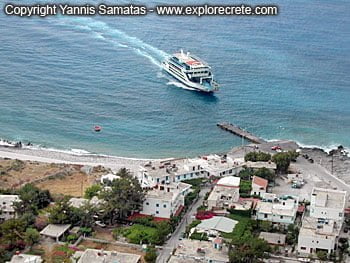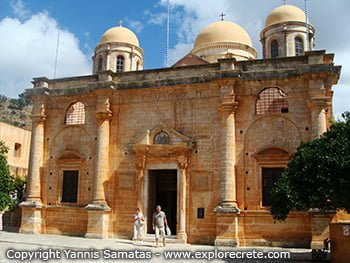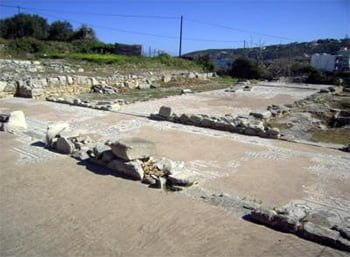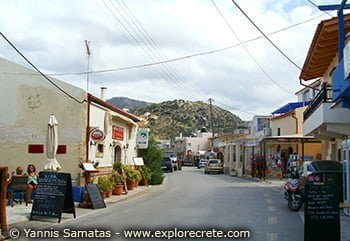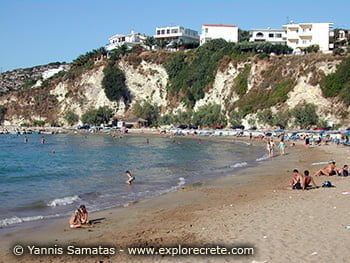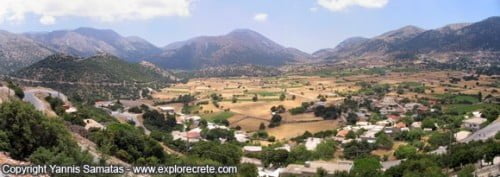History of Maleme – Maleme Airfield – German War Cemetery
History of Maleme
Maleme is known for the intensive battles that took place here in 1941, between the German invaders on the one hand and the defenders of Maleme Airfield, Greeks and Allies, on the other.
The history of Maleme, however, begins in the depths of time, as the Late Minoan finds from here show.
A Minoan tholos tomb has been discovered at the site of Kafkales in Maleme. Although looted, it still contained grave goods.
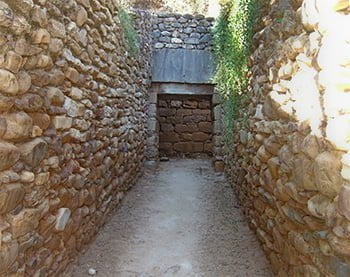
The tomb contained sealstones, one of agate engraved with a deer and one of bronze. Both are housed in the Chania Archaeological Museum.
According to archaeologist Paul Faure there may have been a goldmine at Maleme in ancient times, which would explain its name: malama means gold in Greek.
The first known reference to Maleme is in 1577, in a Venetian report on the municipality of Cydonia. Francesco Barozzi refers to the area by the name of Maleme et Venerocori and records the existence of 101 inhabitants.
Later Maleme, like the whole of Greece, fell under Turkish rule. When the Turks left 250 years later, people from the mountain village of Lakki near the Omalos Plateau came to live here. Most of the inhabitants of Lakki were shepherds and passed through Maleme on their way to Cape Spatha each year to overwinter with their flocks, so Maleme was very convenient for them.
There is an interesting story about the building of the church of Maleme, Agios Antonios.
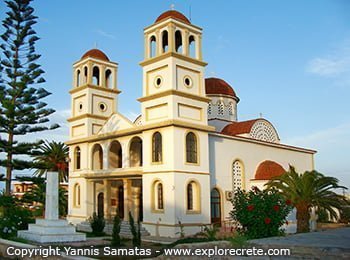
The people of Lakki who settled in Maleme had no church for their services, and employed a guard to wake them up in time to attend the service in one of the nearby villages.
One day, when the guard forgot to wake them and they missed the service, they decided to build their own church.
The small church, built in 1840, was replaced by the large church of Agios Antonios in 1918.
Maleme Airport
Shortly before the Second World War, the British persuaded the inhabitants to relinquish their land for a military airfield.
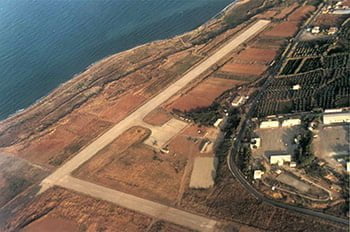
Maleme Airport became a target for the German army when they decided on an airborne invasion of Crete, codenamed Operation Mercury. The Germans wanted to take Maleme Airport because it would allow them to land their planes in Crete and land troops, heavy guns and vehicles.
On the first day of the battle, the German aeroplanes dropped paratroopers continuously. However, these were killed by the brave Cretans, the few men of the Greek Army, and their British, Australian and New Zealand allies fighting by their side.
The defenders of the airfield shot down many planes with their machine guns. Hill 107 in the neighbouring village of Vlacherniotissa has gone down in history due to the damage done to the Germans here.
On the second evening, however, the German paratroopers took Hill 107 and, in effect, the whole of Crete, as the inhabitants could no longer resist the flood of German reinforcements. The fierce battles and epic resistance of the inhabitants have made their mark on history as symbols of the fight for freedom.
The German Cemetery at Maleme
The German Cemetery at Maleme contains the graves of the German soldiers killed from 1941 to 1945. The German Cemetery is run by the German Culture Ministry and several private organisations and charities.
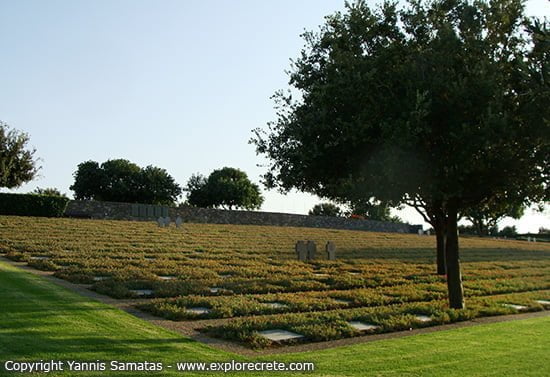
Interestingly enough, in front of the German Cemetery is the Greek Special Forces training area, so don’t worry if you hear warlike cries on leaving the cemetery – it’s just soldiers on exercises.
Maleme today
During the Occupation, Maleme was abandoned by its inhabitants, who moved to Kissamos, Dere and other villages. They returned after the Liberation, to rebuild their bombed-out village and get their lives back to normal.
Today Maleme is enjoying intensive tourist development, following the example of resorts such as Platanias and Agia Marina.
© explorecrete.com All Rights Reserved. Reproduction or copying without permission is prohibited.

